By Janis D. Gioia, MAEd.
Children with anxiety, autism spectrum or sensory processing disorder and other special needs experience often find the holiday season to be scary, not merry.
Remember the party in The Berenstain Bears and Too Much Birthday?
Too many guests, goodies, games, presents, and decorations overwhelmed poor Sister Bear. She had a meltdown and cried before she blew out the candles on her cake.
The holidays are filled with potential triggers for all children, and especially those with autism, anxiety and other special needs.
By being aware of potential triggers and offering solutions, you can help your child have a happier holiday season.
1. Trigger: Anticipation
Children with anxiety and other special needs struggle with anticipation. Anxiety overload causes them to fall apart before, during, or after the big day — making their holiday, and your family’s, a lot less “merry and bright.”
Solutions:
Keep the holidays as low key as possible.
While it may be difficult with other children in the home, try to treat the holiday as an important day, but not one that is overly-frenzied.
Have siblings help you keep your child with special needs calm.
Explain to them, in age-appropriate ways, how some children, and adults, can find the holidays stressful. Ask them to limit conversations about the big day to when the anxious child is listening, if possible, and to keep Advent calendars and countdowns to themselves.
Piles of unopened presents also cause a lot of stress. Keeping gifts out of sight helps children keep them out of mind. This helps an anxious child who feels he really can’t wait and may also lessen meltdowns, tantrums, and the possibility of gifts being unwrapped at the wrong time.
2. Trigger: Sensory Overload
Children’s senses can be overwhelmed by an overload of sensory stimuli:
Visual: lights: twinkling, flashing, multicolored
Auditory: bells, carols, squeals of children as wrapping paper is ripped
Olfactory: pine trees, candles, baked goods and other foods, unfamiliar perfumes worn by visitors
Gustatory (taste): different tastes and textures of holiday foods
Kinesthetic: rushing to school pageants, crowds in malls and stores, unwanted hugs from family or friends
Solutions:
Think back to past holidays and ask your child what parts of the season are stressful for him or her, and then plan accordingly.
If the smell of a live pine upsets your child, get an artificial tree. If the smell of candles makes them feel queasy, skip them this year.
If lights are a problem, see if your child does better with ones that don’t flash, or light your tree less often (or when your child isn’t in the room).
Decorate, but keep it tastefully simple. If your house looks like Snoopy’s doghouse in A Charlie Brown Christmas, you’ve probably overdone it, and your child will feel overwhelmed.
Keep holiday music to a minimum, or try some relaxing “spa-type” instrumental holiday music that has a calming effect.
If you must take your child to the mall do it at a time that is:
- Not crowded: Children with anxiety disorders can feel claustrophobic or agoraphobic with crowds and commotion at the mall. This can lead to panic attacks and other physical ailments.
- When your child is well rested and not hungry. Fatigue and hunger trigger anxiety.
Prepare your child for holiday gathering . Anticipate what is to come and prepare your child for the sights, smells, and sounds, etc., they may encounter.
Allow breaks in a different room, or outside (with supervision) if needed.
3. Trigger: Too Much Socializing
Socializing is hard for some children with autism, anxiety disorders or other special needs.
Even children without these challenges might not be thrilled with kisses from Aunt Maude who they last saw when they were an infant, or being tickled under the chin by Cousin Bob, who’s had a few too many eggnogs.
Solutions:
Dealing with unfamiliar people is tricky. Especially if you haven’t shared your child’s anxiety or special needs diagnosis with others. While some people are wonderfully understanding, others are not. They may judge you and your child or criticize your parenting. You know who you can share information with and how much.
Prepare your child for the holidays in advance, and make a plan on how to deal with each event. Explain who will be coming over on what day, or where your child will be going. Make plans for dealing with stressors.
If your child doesn’t like to be touched, let him know he can offer a “hug, handshake, or fist-bump” and verbalize this for him with guests, if he is unable or uncomfortable doing so.
Always provide a quiet place where your child can relax when feeling overstimulated. Your home should already have a relaxing place filled with items that comfort your child (like a stress ball, smooth pebbles, stuffed animals, books, or noise cancelling headphones). If you are visiting, pack a tote or backpack with things that relax your child. Ask your host, in advance, if there is a place where your child can take a supervised break from the holiday commotion.
Be ready to help your child calm down, or sit quietly while your child decompresses. Often anxious children, or those with sensory processing disorders just need breaks of quiet from the chaos.
Let your child know that when routines are different, it’s okay to feel a little off-kilter. That’s normal and expected. After a few hours, everything will get back to normal.
Use affirmations, positive self-talk, and other coping strategies to help your child gain confidence that he can handle the change in routines.
4. Trigger: Generalized Anxiety
The frantic pace and disruption of normal routines can cause even more anxiety in children with Generalized Anxiety Disorder and other special needs.
A place of worship may be hot and crowded, the air filled with incense, and there may be multiple candles flickering.
Places you visit may be overflowing with guests and unfamiliar smells.
For an anxious child, these things can trigger meltdowns, defiant behavior, withdrawal, loss of appetite,anxiety and physical symptoms like upset stomachs and headaches.
Solutions:
Prepare in advance as much as possible.
Allow your child to sit or stand where she is comfortable and always provide an exit strategy.
Let your child give you a signal if he needs to leave a place or situation, and then honor it.
Children take great comfort in their cell phones. They can excuse themselves to take a call, real or pretend, which gives them a way out if they are feeling panic.
There are many relaxation apps available for iTunes or Google Play. Have them downloaded in advance to help provide relief.
5. Trigger: Your Child is Reacting to Your Holiday Stress
Unless you and your family are actors on a set, your holiday season is most likely not going to resemble a Folger’s coffee commercial. Remember the one where the son comes home while everyone is sleeping and surprises them by brewing coffee?
If you are becoming stressed because you feel you can’t keep up the pace, you aren’t alone.
Many people dread the frenzied pace of the holidays. There’s a reason why every other headline is on how to be less stressed during the holidays.
When your child child has an anxiety disorder, autism or other special needs, it’s even more important to make your holidays less chaotic.
Here’s how:
Solutions:
Just because everyone else is frantically shopping, wrapping, decorating, card-writing, baking, wreath-making, and shuffling kids off to Christmas pageant rehearsals, who says you have to?
You are the boss of your life, and as the parent of a child with anxiety or special needs, your hands are full.
Take time to breathe.
Spend a few minutes relaxing your mind and your body, and in those quiet moments, think about what brings you and your family joy at the holidays.
Then focus on doing only those things.
Instead of going to the packed mall cinema to see the latest holiday movie, go to the zoo and watch the polar bears eat leftover turkey. The cool, crisp air and time spent in nature may relax your child, and you as well.
If a holiday even is going to be too much or too stressful for your child, compromise. Perhaps you stay a shorter time. Maybe you and your spouse take turns attending: one stays home and does activities that are relaxing to your child (reading a book with hot cocoa or coloring by the fire); the other attends the event with your other children.
Consider bringing meditation into your child’s life. Meditation is one of the best ways to help kids (and adults) feel a sense of peace and calm. Wee Meditate is a new meditation platform created especially for kids of all abilities. Wee Meditate offers hours of calming content, in a variety of lengths, so there is sure to be something that your child will love and want to listen to again and again.
What makes Wee Meditate different is that it is the only meditation platform that considers the needs of all children, including those with special needs, disabilities and chronic illnesses. Each forest animal character has a special need, so children see themselves represented in each and every story and meditation. Wee Meditate makes meditation accessible, fun and representative of every child and their needs. With meditation, bedtime stories, music and more, Wee Meditate is a wonderful way to bring calm into your holidays, and every day.
This can be the year that your entire family enjoys instead of dreads the holidays.
By planning, making modifications and dropping societal and familial expectations, your child with anxiety disorder or other special needs can feel comfort and joy this holiday season.
I wish you comfort, joy and peace this holiday season and always, Jan

By signing up, you’ll also receive your free guide with 20 ways to comfort your child…mind, body and spirit.

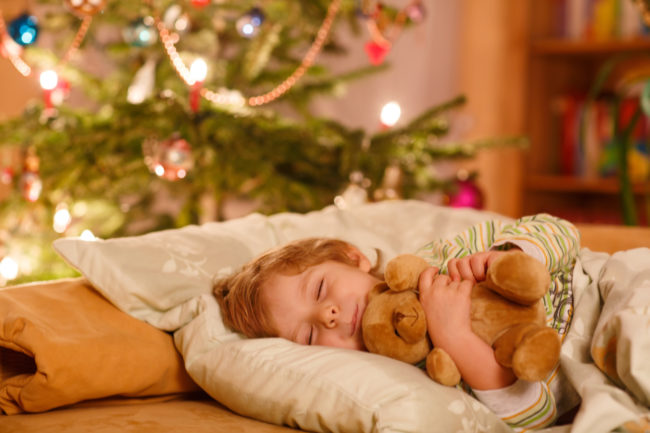
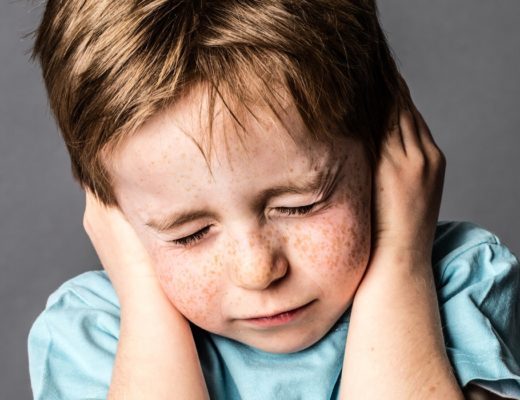
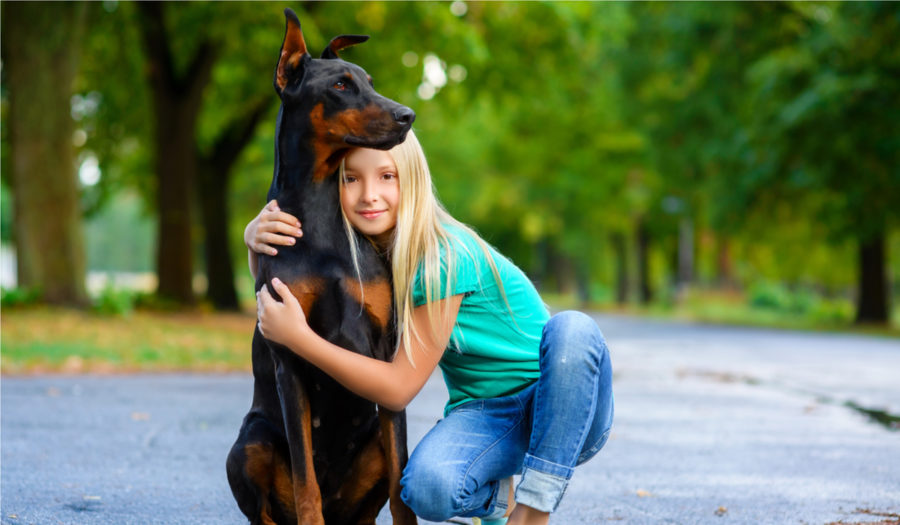
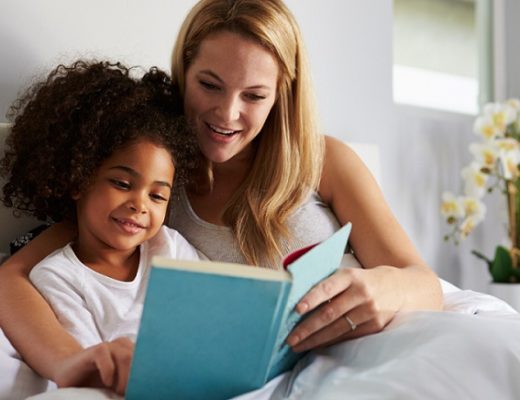

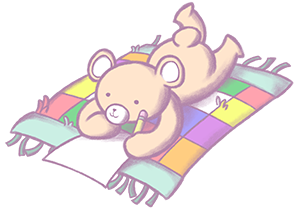
 in Ohio
in Ohio
6 Comments
Great strategies! I love the Relaxation Station in the first article. I am very much looking forward to the resources section coming in 2017. Thank you for sharing research and strategies on a very important topic.
Thank you Dawn. I’m glad you found the Relaxation Station idea helpful. Relaxation Stations are perfect in homes,classrooms, even doctor’s, dentist’s and occupational therapy offices…anywhere children might need a place to relax and unwind.
These are great strategies for parents and teachers. Thanks for sharing your expertise.
Thanks, Brenda. I hope you have a blessed holiday season!
Nice to see so many practical solutions all in one place. I particularly like the one about Preparing Your Child in Advance – that can be so useful in so many situations, whether it’s holiday time or not. Your site has such a peaceful and calming layout, too. Thanks for putting together a website where we can get a little help at a moment’s notice.
Looking forward to your new feature in 2017!
Thank you so much, Tina. I’m glad you think the site has a calming and peaceful design. That’s what I was hoping to achieve. There will be many new things on the site in 2017. Stay tuned!